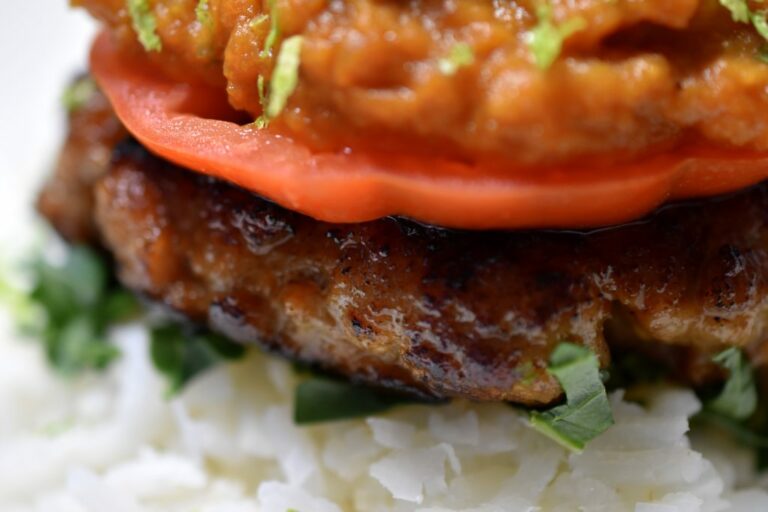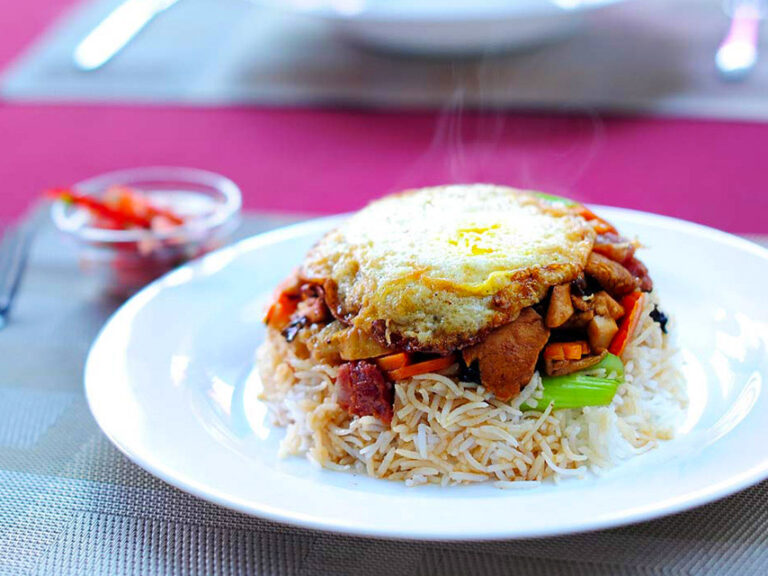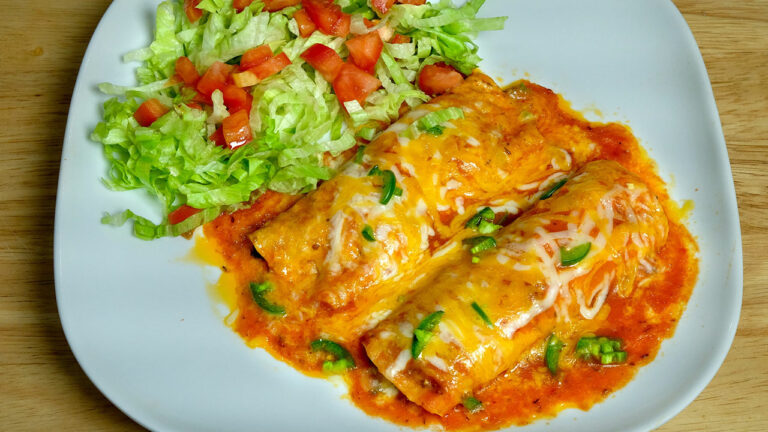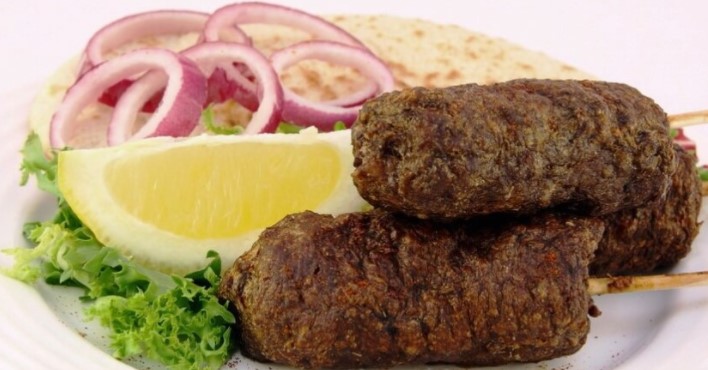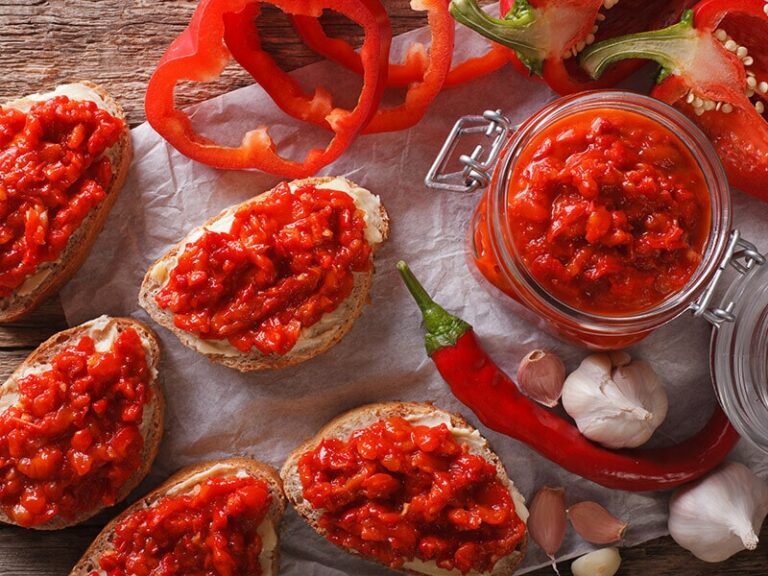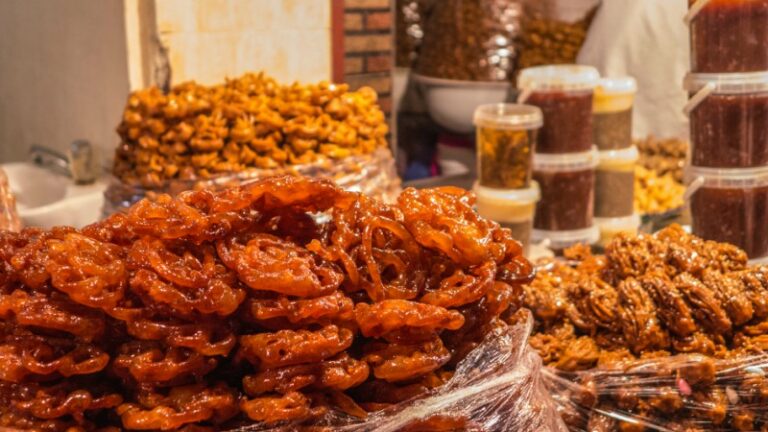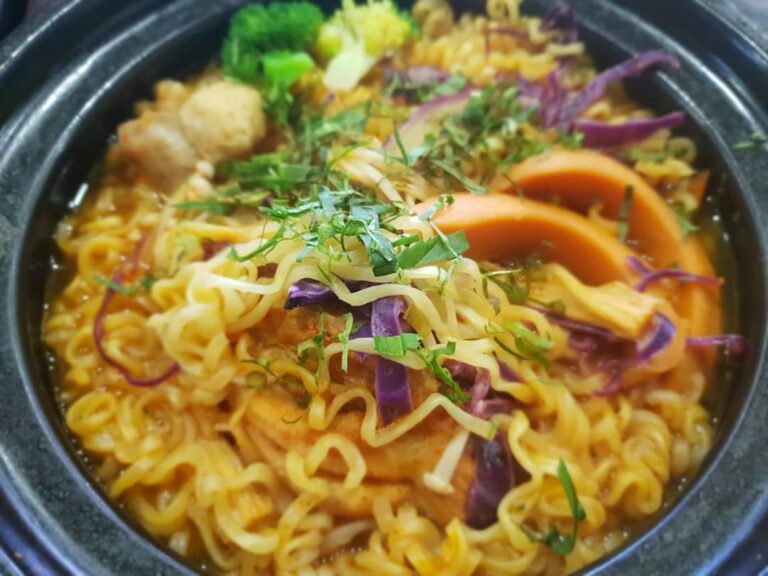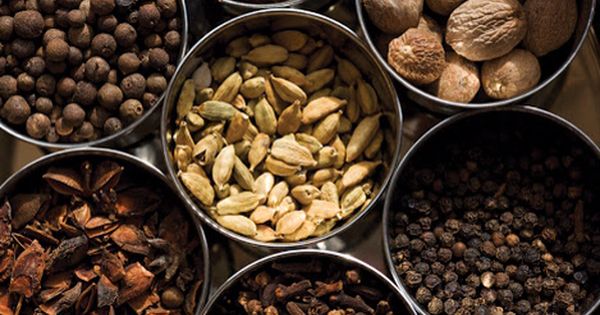Introduction: Marshallese Cuisine
Marshallese cuisine is a unique and delicious blend of traditional Pacific Islander flavors and modern cooking techniques. The food is made up of fresh seafood, vegetables, and tropical fruits, with a focus on preserving the natural flavors of the ingredients. Marshallese dishes are not typically as spicy as other Asian or Indian cuisines, but they do use a variety of spices, including chilies, to add flavor and depth to their dishes.
Understanding Marshallese Spices
Marshallese cuisine relies on a range of spices to create its distinct flavors. While some spices, such as ginger and garlic, are commonly used in many cuisines, Marshallese cooking also incorporates unique spices like pandanus leaves, turmeric, and lemongrass. These spices are often used to add a subtle, earthy flavor to dishes that complement the fresh seafood, meats, and vegetables.
The Role of Chilies in Marshallese Cooking
While Marshallese cuisine is not traditionally known for being particularly spicy, chilies are still an important part of many dishes. In Marshallese cooking, chilies are used to add warmth and depth to the flavor profile of a dish, rather than overwhelming the palate with heat. Marshallese chilies are typically milder than other types of chilies and are often used in combination with other spices to create a unique flavor.
Commonly Used Spices in Marshallese Dishes
In addition to chilies, Marshallese cuisine uses a range of other spices to create its unique flavors. Ginger, garlic, and onion are commonly used to add depth to a dish, while turmeric and cumin add earthy undertones. Pandanus leaves, which are often used to wrap foods before cooking, add a distinct, subtle flavor to dishes. Lemongrass is another popular spice in Marshallese cuisine and is often used in soups and stews to add citrusy notes.
How Spicy is Marshallese Food?
Marshallese food is not generally considered to be very spicy, but it does incorporate chilies and other spices to add flavor and warmth to dishes. The level of spiciness in Marshallese cuisine will vary depending on the dish and the cook’s individual preferences. However, overall, Marshallese dishes tend to be milder than other Asian or Indian cuisines that are known for their spicy heat.
Tips for Enjoying Spicy Marshallese Dishes
If you are new to spicy foods or are not sure if you can handle the heat of Marshallese cuisine, there are a few tips you can follow to enjoy your meal without overwhelming your palate. First, start with a small amount of spice and slowly increase the amount as you become accustomed to the heat. Second, balance the spiciness by pairing your dish with a mild side dish or drink. And third, if you do find a dish to be too spicy, don’t be afraid to ask for it to be made milder. Marshallese cooks are often happy to accommodate individual tastes and preferences.

